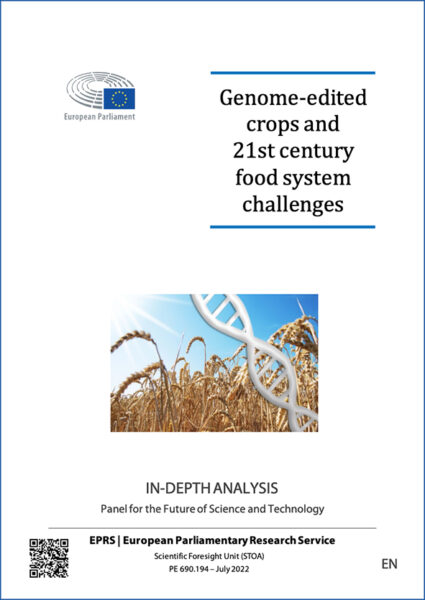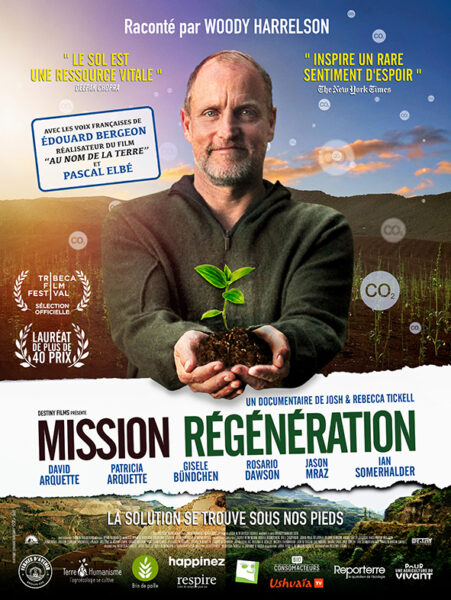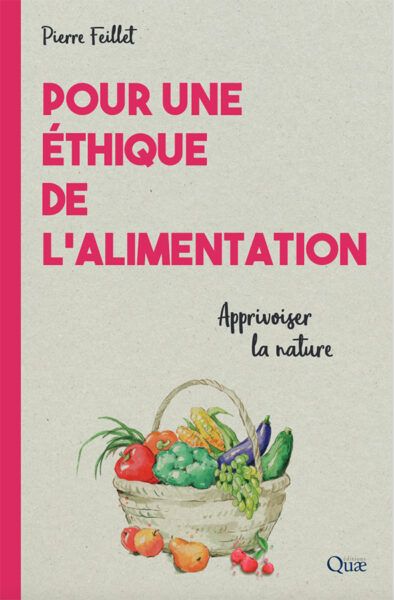The Rise of Biotechnology in Agriculture
The rise of biotechnology and its application to agriculture, in particular the development of genetically engineered organisms, has opened the doors to enormous hopes and ominous warnings. On the one hand we hear promises that agriculture will become so productive that all food and energy fears can be banished, even while population grows and ecosystems are protected. The warnings concern the unregulated use of technology without any serious testing of the possibly perverse effects of manipulating the building blocks of life.
Guy Paillotin begins by outlining the main objectives of current research: First to “map” the genomes, gathering complete genetic information on species to thereby come to a better understanding of their fundamental characteristics; next to master the techniques which allow the transfer of foreign genes (transgenesis) into a species to alter selected characteristics.
He then explains the current and potential applications of these discoveries to domesticated plants and animals, identifying the anticipated advantages in quantitative and qualitative (e.g. disease resistance) terms.
The author examines some of the questions and difficulties which may arise from the use of these techniques, especially in respect to human and environmental health. What will be the effects of eating foods made from transgenetic organisms, for example, and what about the possible emergence of “superbugs” which devastate transgenetic crops? Finally, he points to the major economic issues raised by these technological developments, including the role that their social acceptability will play. The latter will certainly depend on a code of good behaviour which, borrowing from ethics as much as from technics, may lead to some indispensable labelling standards.
L'émergence des biotechnologies en agriculture
Cet article fait partie de la revue Futuribles n° 235, oct. 1998



